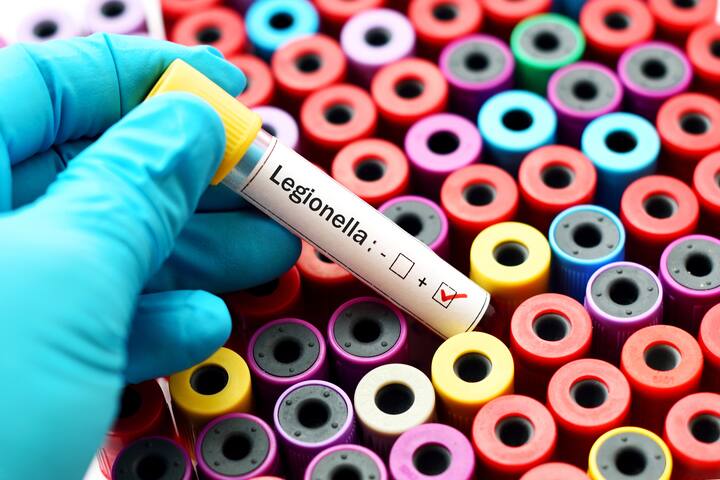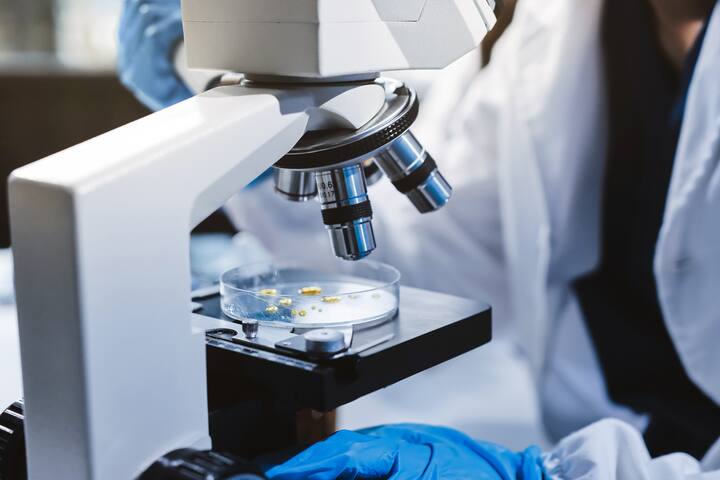
Leading in Challenge Tests
Challenge test
Compliance with Dutch Food and Consumer Product Safety Authority (NVWA) requirements is mandatory for all food businesses. This includes conducting comprehensive shelf-life studies for ready-to-eat food products. Our challenge testing services ensure full regulatory compliance and help you meet all necessary safety standards.
Challenge test – a summary
Find out how microorganisms can grow in your product
Meet the requirements of Information Sheet 85 by completing a challenge test
Get a complete picture of the growth and/or inhibition of a pathogen
We test your product in three different batches
With a challenge test, we investigate the extent to which a microorganism can grow in your product. For example, you will know what Listeria monocytogenes does in your product in case of contamination. We find out by deliberately adding microorganisms and then measuring the results. A big advantage is that with challenge tests, you immediately meet the requirements described in Handbook of Food Microbiology.
Comply with Handbook of Food Microbiology
In Handbook of Food Microbiology (an explanation of European Regulation (EC) No. 2073/2005), the Netherlands. The Food and Consumer Product Safety Authority (NVWA) states that a study into the shelf life of ready-to-eat foods is a mandatory step before the product can be put on the market.
To assess whether a pathogen (e.g. Listeria monocytogenes) can grow in a product, a study must be conducted. A completed challenge test can be part of this. You choose this, for example, after you have performed a theoretical model calculation (for example, with a growth model such as Combase and FSSP) and want to substantiate this. A theoretical model calculation does not take into account background flora or other properties, which a challenge test does take into account.
The purpose of a challenge test is to determine what a microorganism is doing in the product in the event of (post) contamination of the product.
To measure is to know
Our testing protocol involves baseline measurements at day 0, with subsequent assessments conducted throughout the product's shelf life and at the designated endpoint. This methodology enables us to monitor pathogen growth patterns and evaluate the product's potential to support bacterial proliferation. When growth is detected, the challenge test results can be utilised to establish interim control limits, ensuring that regulatory thresholds, such as the 100 cfu/g limit for Listeria monocytogenes, are not exceeded by the end of the declared shelf life.
During the challenge test, we analyse multiple parameters, including preservation, pH, salt content, water activity, and other microorganisms such as total bacterial count, Enterobacteriaceae, and lactic acid bacteria. This provides a comprehensive overview of pathogen growth and inhibition factors
This is how a challenge test works
- 1
Different production batches
If we are asked to perform a challenge test for you, we require three different production batches.
- 2
Not produced consecutively
These batches must not have been produced consecutively; so not on the same day or in the same week.
- 3
One batch
The test starts with one batch. Our specialised lab employees contaminate them with the chosen pathogen as soon as possible after production.
- 4
Two strains
We contaminate your product with a combination of at least two strains (approved by the European reference laboratory) that are able to grow well in the specific product.
- 5
Surface contamination or a depth contamination
You can opt for a surface contamination or a depth contamination. For this, we need to know where a (post) contamination with the pathogen can take place. For example, if you cut meat products, post-contamination with Listeria monocytogenes is possible on the cutting edge (surface) of the product, which requires surface contamination. With a cold mixed product such as tuna salad, there may be contamination throughout the product. This requires depth contamination.
- 6
Measuring
After the product is contaminated, the pathogen is challenged to grow. This within the shelf life at a predetermined temperature profile. Measuring can now start.
These services might also be of interest to you
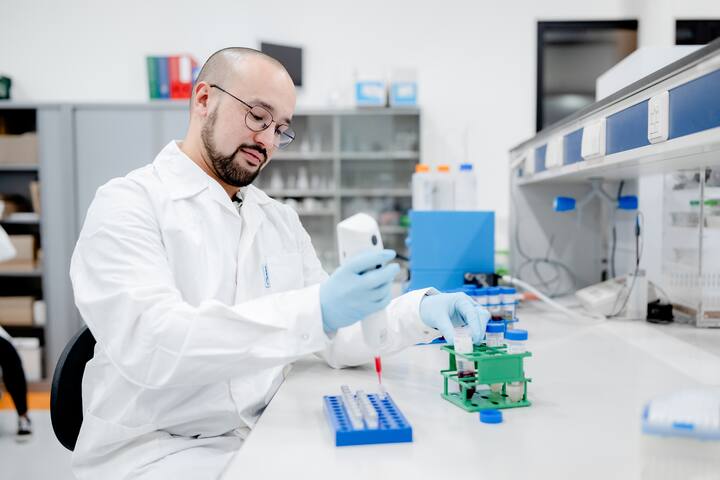
Baseline measurement of Listeria
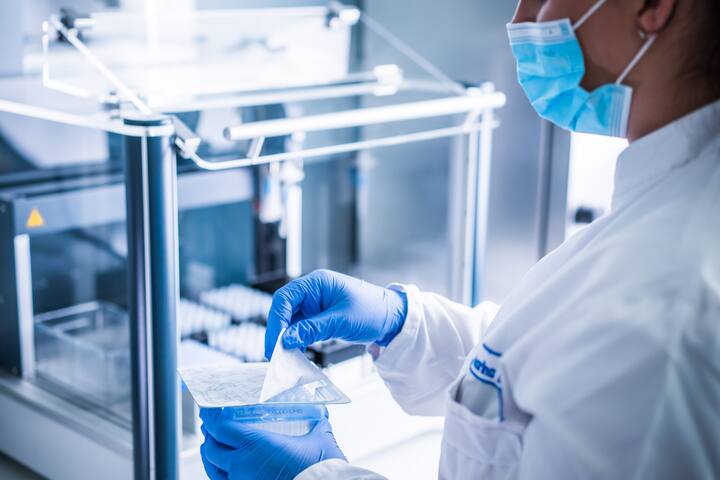
Risk analysis and management plan for Listeria monocytogenes
Leading companies in this service
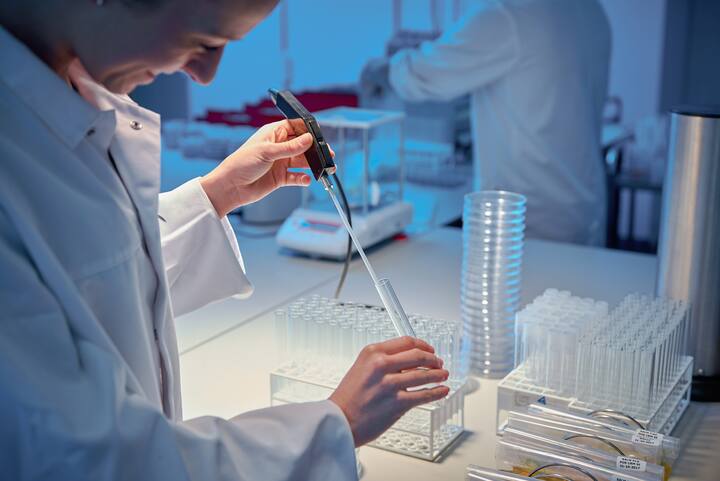
Normec Foodcontrol
Wetteren Belgium
Do you want to create a safe and healthy working and living environment?
FAQ
Frequently asked questions
A challenge test is a laboratory study where microorganisms are deliberately added to your product to test growth during shelf life. This test is mandatory according to Dutch NVWA requirements and complies with Information Sheet 85 standards. It helps you establish safe limit values for your ready-to-eat food products.
For a challenge test, we require three different production batches that have not been produced consecutively. The test duration covers the complete shelf-life period of your product. We contaminate one batch with at least two approved strains and take measurements on day 0, during, and at the end of the shelf-life term.
At Normec Foodcare, we conduct challenge tests in accordance with the “EURL LM document Technical guidance document on challenge tests and durability studies for assessing shelf life of ready-to-eat foods related to Listeria monocytogenes”, referred to as TGD for short. This is the European guideline for challenge testing. We also work in accordance with additional requirements of the NVWA (Netherlands Food and Consumer Product Safety Authority) in the Netherlands and the FAVV (Federal Agency for the Safety of the Food Chain) in Belgium. A major advantage is that challenge testing immediately ensures compliance with the requirements described in the food microbiology handbook.
